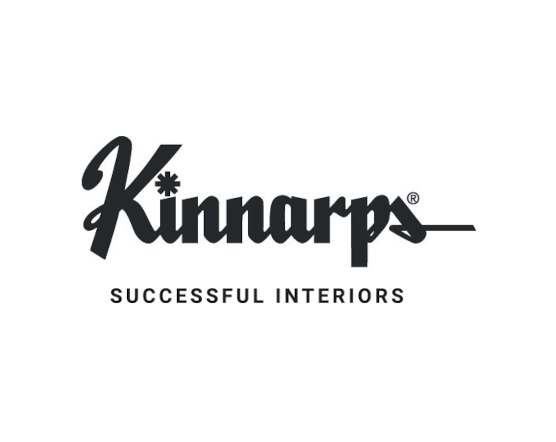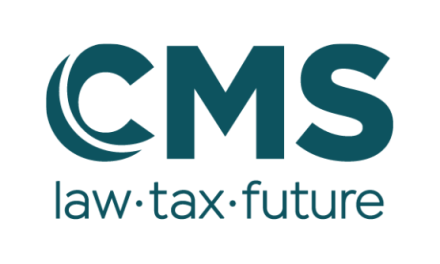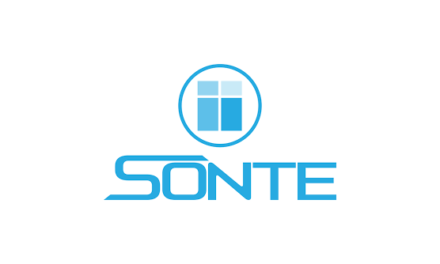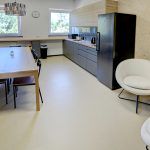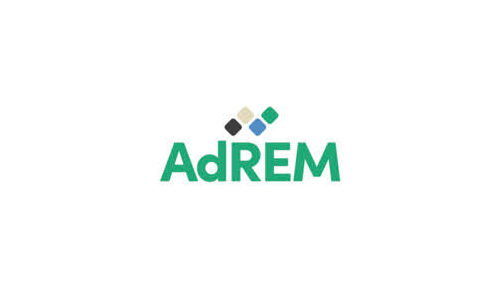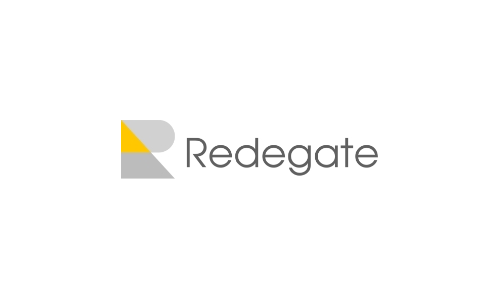
Hybrid, digital, physical, long, short, spontaneous, booked, formal and informal. In a workplace, people meet in many different ways. The modern office needs to support new ways of working and interacting by offering different types of meeting spaces specifically designed to encourage productivity, efficiency and creativity.

Which type of meetings do you have (or want to have)?
To be able to design the ideal meeting spaces for your organisation, it’s essential to start by identifying the type of meetings you actually have and what you need for your future meetings. Consider how different spaces are utilised, the size and duration of the meetings that are held there and the degree of focus required – are your existing spaces meeting your needs? That information is valuable for the design process and makes it easier to create customised meeting spaces that support your organisation’s way of working. By better understanding how employees and teams want to work together and which type of meeting spaces add value, you lay the groundwork for effectively optimising your office space.
Fewer meetings – shorter meetings
A comprehensive survey by the National Bureau of Economic Research shows that the number of meetings among office workers has increased by 12.9% after the pandemic. The general length of meetings has decreased by 20.1%.
Optimise your office space
The traditional conference room needs to be supplemented with a variety of meeting rooms and meeting areas in the modern office. More informal meetings can ideally take place in open spaces that are divided using high-back furniture, screen walls, partitioning storage solutions or textiles suspended from the ceiling – room-in-a-room solutions. Short catch-up meetings, creative meetings, project meetings or work meetings that do not involve confidential information are examples of meetings that work well in an open-plan space with the right interior design and technology.
Talk about space instead of room
Talking about ‘space’ instead of ‘room’ is thus an illustrative way of describing how the office’s meeting spaces can be designed in a more flexible way to support new ways of working. When you get to work, it’s much more appealing to see your colleagues than for everyone to be hidden away in separate rooms. Open spaces also enable the organisation’s different departments to interact more freely, which may contribute to a more inclusive workplace culture. It also opens up the potential to customise spaces for rapid changes in day-to-day operations.
The three ergonomic factors to consider
Acoustics. Acoustics are important for the participants’ focus and productivity. Hard surfaces, such as bare walls, glazed partitions, screens and white boards frequently found in meeting rooms, create an uncomfortable acoustic environment with loud noises and echoes. Sound absorbers and textiles create both a warm feel and contribute to a good acoustic environment.

Colour. Choose a colour scheme with the type of meeting in mind – not personal taste or trends. Different colours encourage and invite different types of activities. Yellow hues encourage creativity, while blue has a calming effect. The meeting spaces should blend into the office as a whole, but can still have different expressions – think about the feel that you want to create in each meeting space.
Air and ventilation. A well-functioning air conditioning system is essential, especially in smaller rooms without windows, to avoid a loss of focus and drowsiness.
In creative meetings or brainstorming sessions, it is important to be able to move freely in the environment to keep up energy and pace. Height-adjustable meeting tables are easy to adapt to your needs – a higher table with bar stools enables participants to be more active, stand up and join in discussions.
In the modern office, you are increasingly met by an entrance combined with a work lounge. Here, lounge groups, project tables and desks in different heights are mixed with an inviting feeling to sit down for a cup of coffee, check-in with a colleague or work for a while.
Meetings that you want to keep as short as possible are best held in spaces with e.g. higher tables and stools, where participants can choose between sitting or standing. Longer meetings, on the other hand, need a space that’s furnished with comfortable conference chairs.
Create zones with different degrees of focus
When designing an office, it’s important to consider how different spaces are positioned in relation to each other. Spaces for work requiring a high degree of focus, for instance, need to be separated from areas where there’s a lot of movement and interaction between people. So a good way to start is to divide the office into different zones, e.g. an active zone with more pulse and movement; a semi-focus zone where you can concentrate on your work but with some cross talk; and a high-focus zone where you work undisturbed with no talking. This enables everyone to perform their tasks in the best possible way throughout the day.
Technology hand in hand with interior design
With the right technology, we have greater choice about how and where we work – even within the physical premises of the office. The need for technology therefore plays a role in how meeting spaces in the office should be designed. Should all meeting spaces offer the possibility for someone outside the office to connect digitally? This could be from a satellite office, a hotel lounge, a coffee shop, a train or from home. Or is it better for your organisation to have well-functioning meeting spaces for digital and hybrid meetings, and to let other spaces be optimised for physical meetings? Before changing your office, it’s important to really consider which meetings work well as digital or hybrid in your organisation – and which ought to be physical. In addition, review which meeting spaces need to be bookable.
Furnishing for spontaneous meetings and social interaction
Although digital communication has come a long way, physical meetings are still crucial for fostering a strong culture, developing relationships and creating engagement. Notwithstanding all our technological advances, human beings are inherently social and need the companionship of others. When we meet face-to-face, we can read each other’s body language, and feel connection and empathy in a way that’s difficult to replicate virtually. Small changes in our facial expression, the inflection of our voice, our hand movements and eye contact reinforce the message we want to convey.
Spontaneous meetings occur at workplaces each and every day. Colleagues meet in corridors, at the coffee machine or at each other’s workstations to ask questions and brainstorm. These types of spontaneous meetings are not only important for employee relationships, but also enhance collaboration and problem solving. Make it easy for employees to stop and talk by having open, comfortable and welcoming seating or standing places at selected locations in the office. Think about how your organisation wants to encourage people to meet and make sure this is reflected in your office layout.
In a survey, 5,000 office workers responded to questions about which type of meetings they believe they will have at the office in the future. The estimated distribution shows that spontaneous meetings account for as much as 18% of all meetings. The result is an important aspect to consider when designing the office of the future.
It’s clear that inspiring and functional meeting spaces ensure more creative and effective meetings. What we’re aiming for are spaces that are so comfortable, so intuitive and so welcoming that they sharpen focus and enhance well-being at the meeting. Spaces that are so well planned and functional that the participants can focus on their own creative processes and collaborate in the best possible way.
Maybe it’s time for new exciting meeting spaces – beyond the traditional conference rooms? Read more at https://www.kinnarps.com/knowledge/


Sources
https://www.nber.org/papers/w27612
Kinnarps (2020-2022). Next Office® Insight web survey.






